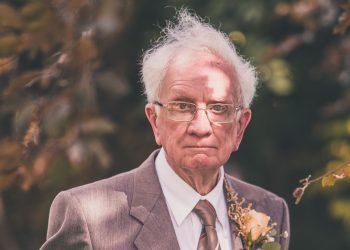
A church has been accused of not giving families dignity in death at a public meeting held to come up with solutions to improve unkempt areas of its graveyard.
In an emotional outburst in front of two dozen people at the meeting held at St John’s in Keswick, on Sunday night, nurse Amanda Miller said she and her daughter had fallen in the churchyard while visiting a family grave because the grass was over four foot high.
“As a nurse all I have ever wanted to do is to give dignity to people and yet in our own town, our own church does not give dignity in a place of rest,” she said. “There is no dignity. We fight for dignity in death but this church is not giving our families dignity in death.”
In July, The Keswick Reminder reported unrest about the state of the churchyard. Isobel Hamer told the paper she had been tending her parents’ grave for nearly 30 years, and during that time it had been a case of refreshing the flowers and pulling up a few stray weeds.
But, she said, this year parts of the churchyard at St John’s had been allowed to grow wild, with the church claiming that the decision to stop cutting the grass was to save both money and the environment.
Jane Eyre, a member of Sustainable Keswick, said saving money by not cutting the grass was increasing biodiversity, adding that the church should be congratulated for being “very much on trend”.
The Rev Charles Hope explained that the church had received £60,000 from the sale of a plot of land to be used for maintaining the churchyard and that fund now stood at £38,000.
He said that the church’s burial plan would last for the next 15 to 20 years and it was estimated that at the end of that time the fund would be around £50,000 in the red unless savings were made.
Mr Hope said the church was exploring options to cut costs, including going into partnership with other organisations, using community service labour and volunteers, and taking advice from grass managers.
The meeting agreed to the removal of humps and holes in the churchyard which Mr Hope said might look brutal as it would initially expose soil but added that schoolchildren and families could be encouraged to plant bulbs, plug plants and seeds in the exposed areas.
Those attending were also in favour of the planting of trees with downward growing roots, and to weaken the grass it was agreed that the plant yellow rattle, which is used to restore wildflower grasslands, be planted in a trial area of the churchyard.
All these ideas, which have not been costed, will be taken to the next meeting of the parochial church council and Mr Hope said any decisions made would be communicated to interested parties.
He said the conversation with those attending the meeting had been very useful and had helped to clarify his way of thinking.








